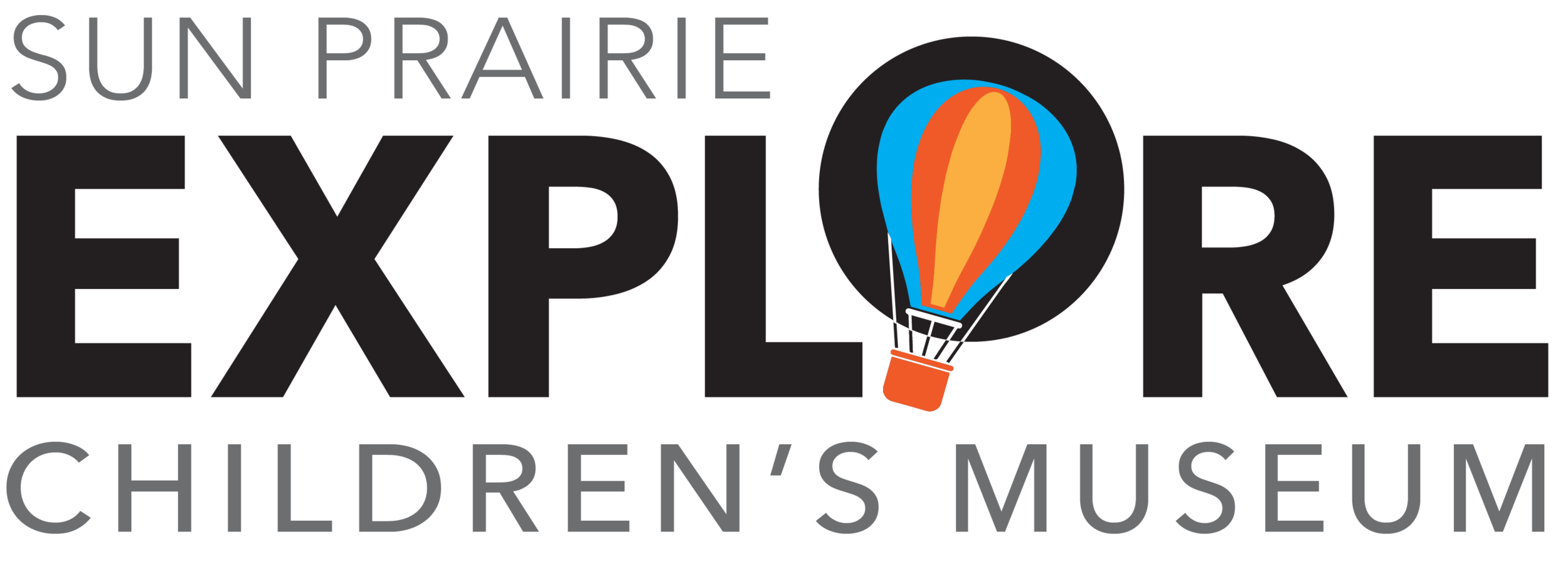Hands-On Habitat
What’s beneath the surface?
Topography is the study of the shape features of the Earth’s surface. Topographic maps show the height of different structures like mountains and valleys, and help scientists understand weather, agriculture, and conservation. In the Hands-on Habitat sandbox, different layers of plants and animals are revealed as you dig through the sand. Children follow their curious instincts to discover and understand the world around them, and the Hands-on Habitat is the perfect place to cultivate that skill. As they engage with different animals and environments, they gain scientific skills that begin to grow a lifelong learner.
Engage:
While you dig through the layers of sand with your child, ask engaging questions. How did they find that animal? What changed when they moved the sand? What would happen if they move the layers in a particular way? What do all the different layers and colors mean?
Explore Topography
Definition of topography, including elevation: “Topography describes the physical features of an area of land. These features typically include natural formations such as mountains, rivers, lakes, and valleys. Manmade features such as roads, dams, and cities may also be included. Topography often records the various elevations of an area using a topographical map.”
























